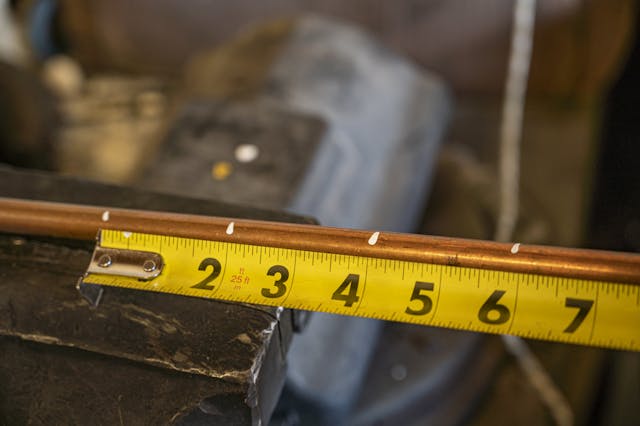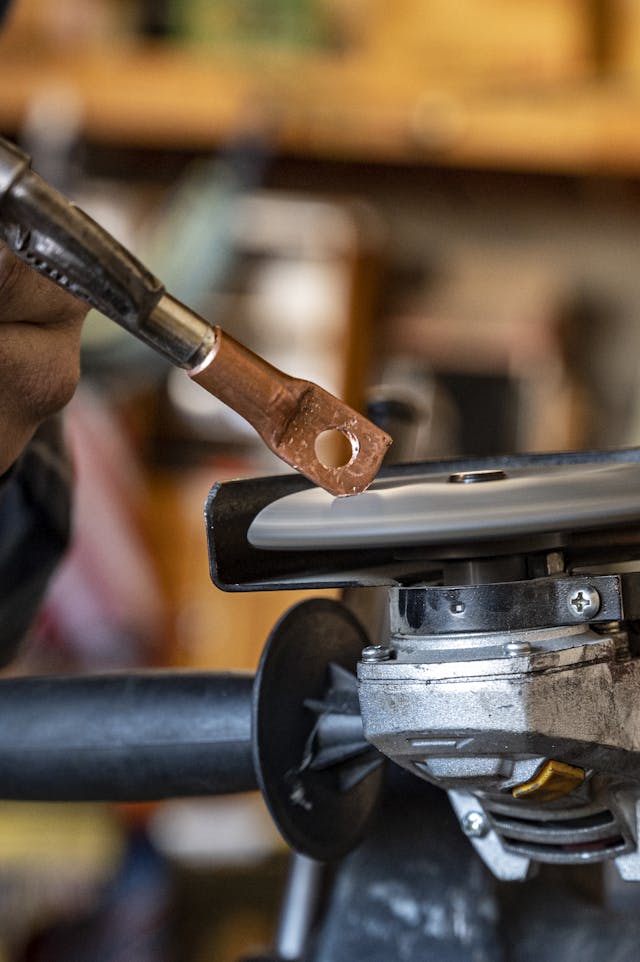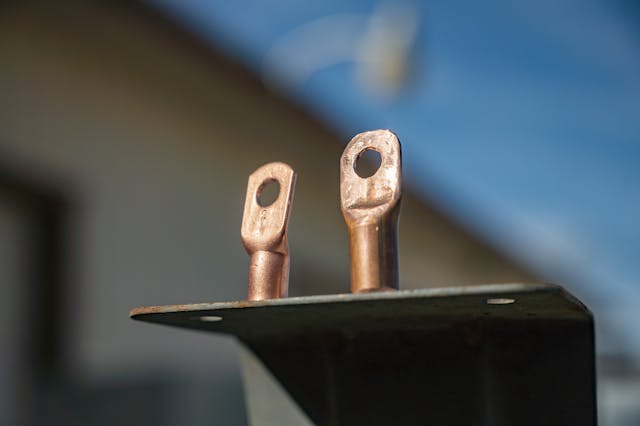Wrenchin’ Wednesday: Don’t overpay on copper terminal ends!
Battery cables are one of those forgotten maintenance and upgrade items—right up until winter, when you watch that voltage gauge do its best limbo act as you crank the motor or power-up electrical accessories like the headlights or HVAC fans. Even when you’re not replacing dying cables, building custom ones is sometimes an essential step for a project that involves an already-modified electrical system. My diesel Suburban is getting a new set of cables this winter ahead of a dual-alternator upgrade, which will allow me to package my secondary battery system and begin charging it as soon as the new prototype bracket arrives.
Everyone who’s gone down this path knows how expensive copper products can be, especially piecemeal parts like terminal ends. I found them at my local hardware store for $2.60 a piece, which is not that much if you need only a couple—but I’m building around a half-dozen cables on this Suburban project, so cost adds up quickly. I’ll need at least 12 terminal ends, which adds up to $30+ after tax. Today’s project involves a cheaper alternative: A $15–$20, 1/2-in x 10-ft stick of copper pipe is enough to make 60 terminal ends in your own garage. Let’s walk through the process.


Mark out two inches for each terminal. Don’t sweat the details here on precise measurements—rough cuts are okay. Chop them off and clean up the edges with a flap wheel. A screwdriver through the cut-off end of the tube helps you catch it without grabbing hot copper with your bare hands.

I’m using a 9/32 socket as a fixture, both to hold the terminal during fabrication and also to provide a bit of a mandrel to maintain the tube’s shape during the process.

Simply clamp down on half of the tube, creating the tip of your terminal end. A vise works perfect here, but a small hammer can handle the task in a pinch, too.

Once flattened, drill out the terminal for your bolt diameter. This is when you can custom-fit them to the hardware you’re using with the cables.

Once you’re happy with the diameter, round off the edges and give everything a final clean-up. This also helps knock off the layer of patina on the end of the terminal, which helps ensure good contact during install. That’s basically it: We’ve replicated the basic manufacturing process for an off-the-shelf battery terminal for a fraction of the cost. Of course, we’ll need a trick way to attach these to a new set of cables, but that’ll arrive in a future episode of Wrenchin’ Wednesday.


